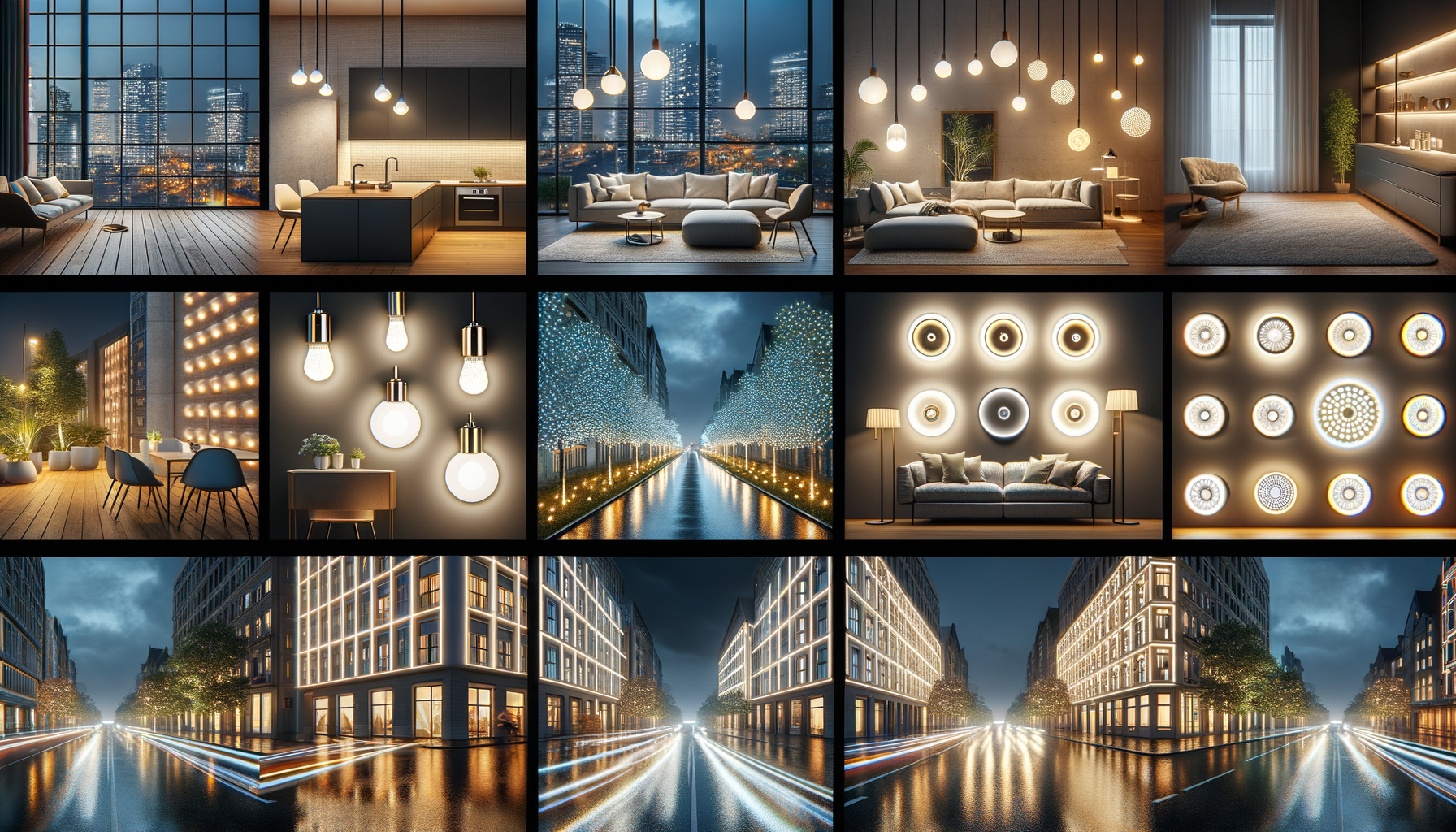
Illuminating Your World: A Comprehensive Guide to LED Lighting
The Rise of LED Lighting: An Overview
LED lighting has revolutionized the way we illuminate our spaces, offering a range of benefits that go beyond traditional lighting solutions. The importance of LED lighting lies in its energy efficiency, longevity, and versatility. Unlike incandescent and fluorescent lighting, LEDs (Light Emitting Diodes) use significantly less energy, which translates to lower electricity bills and a reduced carbon footprint. This is particularly important in today’s world, where energy conservation and environmental sustainability are paramount.
LEDs are known for their exceptional quality in terms of durability and lifespan. While traditional bulbs may last a few thousand hours, LEDs can last up to 50,000 hours or more, making them a cost-effective choice in the long run. This longevity reduces the frequency of replacements, which is not only convenient but also economically beneficial.
Moreover, the versatility of LED lighting allows for innovative applications in various settings. From residential homes to commercial spaces, LEDs can be used to create a wide range of lighting effects, enhancing the ambiance and functionality of any area. Whether it’s for accent lighting, task lighting, or general illumination, LEDs provide a flexible solution that can be tailored to specific needs.
Innovative Applications of LED Lighting
The adaptability of LED lighting has led to its widespread use in diverse applications. One of the top options for outdoor lighting, LEDs can transform gardens, patios, and driveways into inviting spaces. With the ability to withstand various weather conditions, outdoor LED lights are both durable and reliable.
In addition to outdoor settings, LEDs are also highly rated for their use in interior design. Their ability to emit light in a range of colors and intensities allows for creative lighting designs that can enhance the aesthetic appeal of any room. For example, LED strips can be used to highlight architectural features or provide mood lighting in living rooms and bedrooms.
Furthermore, LEDs are renowned for their use in smart lighting systems. These systems allow users to control their lighting remotely via smartphones or voice assistants, offering convenience and customization. With features such as dimming and color-changing capabilities, smart LED lighting can be programmed to suit different activities and times of the day, enhancing both comfort and energy efficiency.
Benefits of Transitioning to LED Lighting
Transitioning to LED lighting offers numerous benefits that make it an outstanding choice for both individuals and businesses. One of the most significant advantages is the potential for energy savings. By using less electricity, LEDs help reduce energy consumption, which is beneficial for both the environment and the wallet. This reduction in energy use also contributes to decreased greenhouse gas emissions, supporting global efforts to combat climate change.
Another benefit of LED lighting is its ability to provide superior light quality. LEDs offer better color rendering and brightness compared to traditional lighting, ensuring that spaces are well-lit and visually appealing. This quality is particularly important in settings where accurate color perception is crucial, such as art studios and retail environments.
Moreover, the safety and reliability of LED lighting cannot be overstated. Unlike some traditional lighting options, LEDs do not contain hazardous materials such as mercury, making them safer for both users and the environment. Additionally, their robust design and low heat output reduce the risk of fire hazards, providing peace of mind to users.
In conclusion, the transition to LED lighting is a wise investment that offers long-term benefits. Whether it’s for energy efficiency, cost savings, or enhanced lighting quality, LEDs provide a well-regarded solution that meets the needs of modern living and working environments.